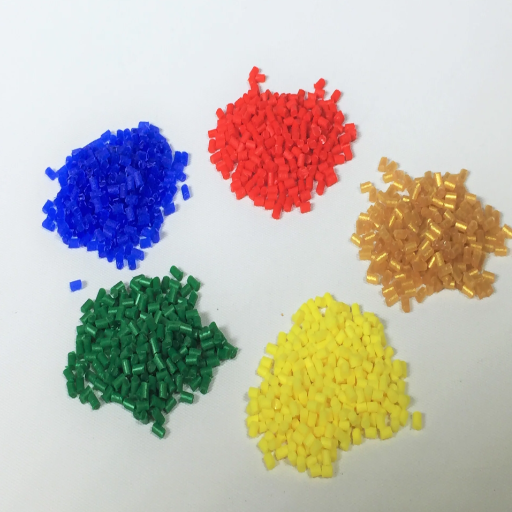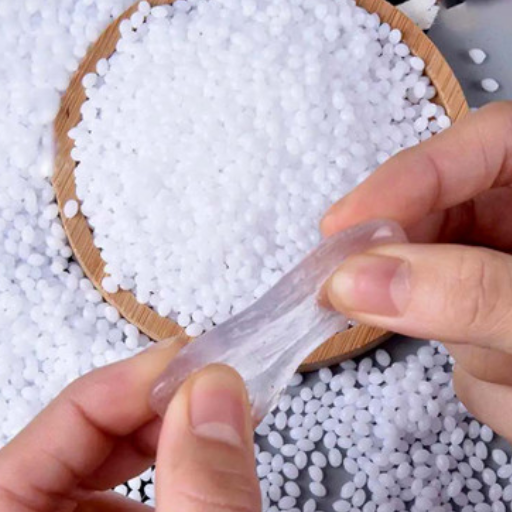From furniture to vehicles, and packaging to electronics, plastic surrounds us in modern life. Have you ever wondered what it is made of? Its appearance might suggest otherwise, but it is far more complex than it looks. In this blog post, we will explore whether plastic is derived from minerals, how it is manufactured, and what the environmental implications of its rampant use are. Focused on answering this guiding question, I will walk you through the methodologies employed in creating plastic, the basic materials used, and how the processes associated with its production affect our planet. Together, let’s uncover the truth about plastic, its origins, minerals, and the impact that the processes of its manufacturing leaves on the environment.
What is plastic and how is it different from minerals?
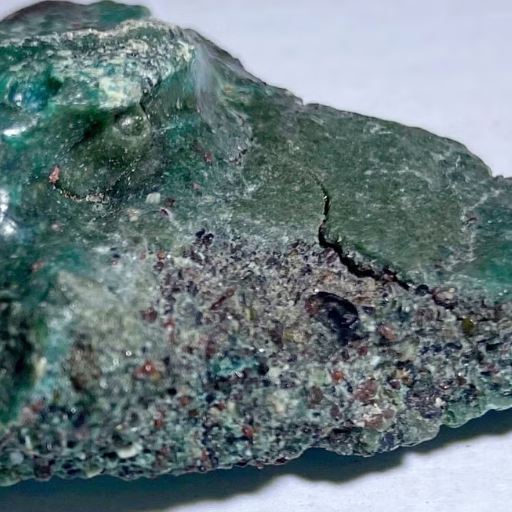
Plastic is a synthetic material made primarily from organic compounds, such as petroleum, natural gas, or biomass. Unlike minerals, which are naturally occurring inorganic substances formed through geological processes, plastic is manufactured through chemical reactions that transform raw materials into polymers. While minerals are stable and often crystalline, plastic is lightweight, moldable, and versatile, making it suitable for countless applications. The key distinction lies in their origins—plastic is man-made and derived from organic resources, whereas minerals are naturally existing inorganic materials.
Understanding the chemical structure of plastic
Plastic is primarily composed of long-chain molecules called polymers, which are made up of repeating units known as monomers. These monomers are typically derived from petrochemicals such as ethylene and propylene, which are extracted from natural gas or crude oil. The process of creating plastic involves polymerization or polycondensation, during which these monomers chemically bond to form durable and flexible materials. The chemical structure of plastic can vary depending on the type—thermoplastics like polyethylene and polypropylene have linear or slightly branched chains, while thermosetting plastics such as epoxy and phenolic contain cross-linked networks that make them rigid and heat-resistant. These structural variations contribute to the broad range of physical properties and applications of plastics in everyday life.
Comparing plastic to natural materials
When comparing plastics to natural materials, several key differences emerge in terms of composition, properties, and environmental impact. Plastics, being synthetic, are engineered for durability, flexibility, and resistance to water and chemicals. Natural materials like wood, cotton, or wool, on the other hand, are derived from organic sources and offer biodegradability, making them more environmentally friendly.
However, plastic often outperforms natural materials in applications requiring lightweight strength or moisture resistance, which is why it’s widely used in packaging, construction, and medical devices. Natural materials, while sustainable, may be less adaptable to extreme conditions or long-term use due to their susceptibility to degradation and environmental factors like pests or rot.
From an environmental perspective, plastics have come under scrutiny due to their persistence in ecosystems and difficulty in recycling effectively. Natural materials decompose more easily, reducing waste footprint, but their production can require intensive resources like water and land. This comparison highlights the trade-offs between performance and sustainability, emphasizing the need for innovation in materials science to bridge the gap between the two.
The synthetic nature of plastic
From my understanding, the synthetic nature of plastic arises from its origins in petrochemicals, which are derived from fossil fuels. Plastics are engineered by chemically bonding monomers into polymers, creating materials that are lightweight, durable, and versatile. This process allows plastics to meet diverse needs, but their non-biodegradable nature also leads to long-term environmental challenges. While recycling exists as a solution, it is often limited by economic inefficiencies and the complexity of sorting and processing. This reinforces the importance of pursuing alternatives and innovations in material science to balance functionality with environmental responsibility.
What are the raw materials used in plastic production?
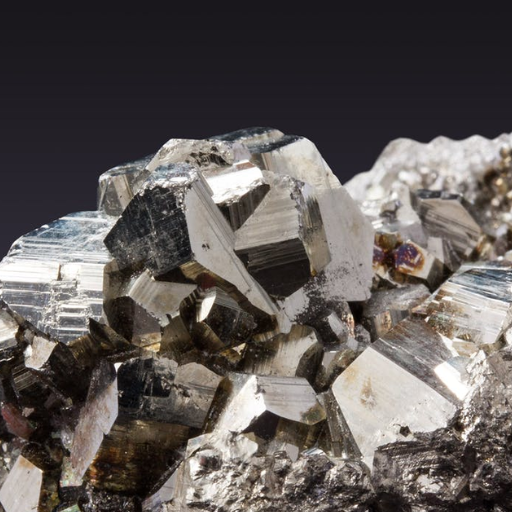
Plastic production primarily relies on fossil fuels, including crude oil and natural gas, as the main raw materials. These resources are processed to produce monomers, such as ethylene and propylene, which serve as the building blocks for different types of plastics. Additionally, various additives like stabilizers, colorants, and plasticizers are incorporated to enhance the properties and functionality of the final product.
Crude oil and natural gas as primary sources
The production of modern plastics is heavily reliant on crude oil and natural gas. These fossil fuels undergo refining and cracking processes which convert them into basic chemical compounds like ethylene, propylene, benzene, and others. These compounds are further polymerized into a diverse range of plastics, from polyethylene to polystyrene. The reliance on these non-renewable resources poses serious ecological challenges as their mining and processing leads to the emission of greenhouse gases and the consumption of non-replenishable energy resources. It is essential for the sustainability of the ecosystem to reduce the use of plastics and explore the use of alternative materials, which do not depend on fossil fuels for their production.
The role of polymers in plastic manufacturing
Polymers play an essential role in plastic manufacturing, serving as the building blocks of plastic materials. Derived from monomers through chemical reactions such as polymerization, polymers provide the structure, flexibility, and durability that define various plastics. The type of polymer used determines the specific properties of the plastic, such as its strength, transparency, or heat resistance. Common examples include polyethylene for packaging, polyvinyl chloride (PVC) for construction materials, and polystyrene for insulation. However, the production of polymers relies heavily on petrochemical resources, posing environmental challenges like carbon emissions and resource depletion. Innovations in biopolymers and recycling technologies are emerging as sustainable alternatives, focusing on reducing waste and transitioning to renewable sources for a greener future.
Exploring biobased plastics from renewable products
Biobased plastics, derived from renewable resources like corn, sugarcane, and algae, present a promising alternative to traditional petrochemical-based plastics. These materials are not only sourced sustainably but also significantly reduce carbon emissions during their life cycle. Polylactic acid (PLA) and polyhydroxyalkanoates (PHA) are two prominent examples of biobased plastics. PLA is widely used in food packaging, 3D printing, and textiles, while PHA is gaining traction in medical applications and biodegradable packaging due to its non-toxic and compostable properties.
Despite their benefits, biobased plastics face challenges in scalability, cost, and disposal. Many bioplastics require specific composting conditions which are not always readily available, limiting their overall environmental impact. However, continuous improvements in technologies, such as integrating mixed feedstocks and advancing recycling infrastructure, aim to overcome these hurdles. By strengthening the global focus on bio-based innovations and policies, bioplastics have the potential to drive a more sustainable future in materials science and everyday applications.
How has plastic evolved throughout history?
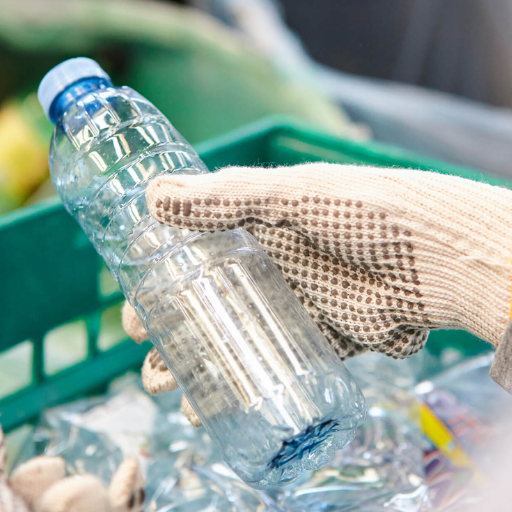
Plastics have undergone a significant evolution since their inception in the late 19th century. Initially, natural materials like rubber and shellac were modified to create early forms of plastic. The invention of Bakelite in 1907 marked the first fully synthetic plastic, sparking a wave of innovation. By the mid-20th century, advancements in petrochemistry led to durable and versatile plastics like polyethylene and polypropylene dominating global markets. Over time, the environmental impact of traditional plastics spurred interest in developing bio-based and biodegradable alternatives. This evolution reflects a constant drive for innovation while addressing the growing demand for sustainability.
The development of plastics: from natural to synthetic
Plastics have a fascinating evolution, transitioning from natural materials to synthetics. Early plastics, like Parkesine in the 19th century, were crafted from organic compounds such as cellulose. These natural-based materials mimicked valuable goods like ivory and shellac, offering an affordable alternative. The 20th century saw a shift to fully synthetic plastics with the invention of Bakelite in 1907, the first entirely artificial polymer. This innovation opened the door to new materials, driven by advancements in petrochemistry, resulting in widely used plastics such as polyethylene and polystyrene. Modern plastic development prioritizes sustainability, focusing on bio-based materials and biodegradable solutions to mitigate environmental impact while maintaining functionality and versatility.
Bakelite: The first synthetic plastic
Bakelite, developed in 1907 by Belgian chemist Leo Baekeland, is recognized as the first fully synthetic plastic. It was created by combining phenol and formaldehyde under heat and pressure, resulting in a thermosetting polymer that is durable, heat-resistant, and non-conductive. These characteristics made Bakelite ideal for electrical insulators, radio and telephone casings, and various household items during the early 20th century. Its invention marked a significant milestone in material science, laying the foundation for the modern plastics industry. However, as a non-biodegradable material, Bakelite also highlights early challenges regarding sustainability that continue to shape plastic production today.
The rise of different types of plastics
The evolution of plastics began with groundbreaking materials like Bakelite and swiftly progressed as scientists developed a variety of polymers to meet growing demands. Thermoplastics, such as polyethylene and polypropylene, emerged next due to their durability and malleability, enabling widespread use in packaging, textiles, and construction. Thermosetting plastics, such as epoxy and polyester resins, followed, offering stability and resistance in applications like coatings and adhesives. Advances in chemistry also led to the creation of synthetic materials like nylon and PVC, which revolutionized industries from fashion to plumbing. Today, bio-based and biodegradable plastics are also being developed to address environmental concerns, showcasing how innovation in the plastics industry continues to adapt to societal and ecological needs.
What are the main types of plastic materials?
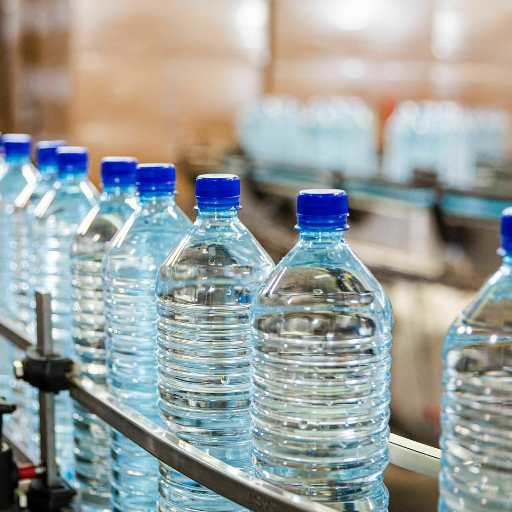
Plastic materials can be broadly classified into two main categories based on their chemical structure and behavior under heat:
Thermoplastics – These are plastics that can be melted and reshaped multiple times without significant chemical changes. Common examples include polyethylene (PE), polypropylene (PP), polystyrene (PS), and polyvinyl chloride (PVC). Thermoplastics are widely used in packaging, automotive components, and household items.
Thermosetting Plastics – Unlike thermoplastics, thermosetting plastics undergo a curing process that creates a permanent, rigid structure. They cannot be remolded once set. Examples include epoxy resin, phenolic resin, and polyurethane. These materials are often used in electrical components, adhesives, and coatings due to their durability and heat resistance.
Understanding these types helps identify their applications and environmental impact, enabling smarter choices in material selection.
Common plastic products and their compositions
Plastic products are ubiquitous in daily life and are made using different types of plastic due to their versatile properties. Below are some common plastic products and the materials they are typically composed of:
Bottles and Containers
Most bottles, such as water or soda bottles, are made from polyethylene terephthalate (PET), known for its lightweight, durability, and recyclability. Food storage containers often use high-density polyethylene (HDPE), which is tough and resistant to moisture.
Plastic Bags and Packaging
Thin plastic bags, shrink wraps, and shopping bags are primarily composed of low-density polyethylene (LDPE). This material is flexible and lightweight but less durable than HDPE.
Electronics and Appliances
Casings for electronics and small appliances frequently use acrylonitrile butadiene styrene (ABS) for its strength and resistance to impact. Additionally, polycarbonate (PC) is used in items like safety goggles and certain electronics for its transparency and high impact resistance.
Pipes and Construction Materials
Plumbing pipes, window frames, and siding are commonly made from polyvinyl chloride (PVC). PVC is durable, lightweight, and resistant to weathering, one of the reasons it is prevalent in construction.
Household Goods and Furniture
Chairs, storage bins, and similar household items are often manufactured using polypropylene (PP). This material is sturdy, resistant to chemical solvents, and widely used due to its versatility.
Understanding the compositions of these products not only highlights the functionality of plastics but also emphasizes the importance of responsible disposal and recycling to mitigate environmental impact.
Engineering plastics and high-performance plastics
Engineering plastics are a class of materials designed for superior mechanical and thermal properties, making them suitable for demanding applications across various industries. These include polymers like polyamides (nylon), polycarbonates, and polyacetals, which are often utilized in automotive components, electronic devices, and precision machinery. Their durability, heat resistance, and ability to sustain repeated stress distinguish them from standard plastics.
High-performance plastics take these properties to the next level. They exhibit exceptional strength, extreme temperature tolerance, and chemical resistance, making them indispensable in specialized fields like aerospace, medical devices, and industrial equipment manufacturing. Examples include PEEK (Polyether Ether Ketone) and PTFE (Polytetrafluoroethylene). These materials are essential where standard engineering plastics might fail, ensuring reliability in critical and high-stress environments.
HDPE and other popular plastic resins
High-Density Polyethylene (HDPE) is a widely used thermoplastic polymer known for its high strength-to-density ratio. Its robust properties make it ideal for products such as plastic bottles, piping, and geomembranes. HDPE is lightweight, weather-resistant, and non-reactive, which explains its extensive use in both consumer and industrial applications.
Other popular resins include Polypropylene (PP), which is valued for its flexibility, chemical resistance, and use in food-safe containers and automotive parts. Polyvinyl Chloride (PVC) is another critical resin, recognized for its rigidity and durability, making it common in construction materials such as pipes, windows, and flooring. Polyethylene Terephthalate (PET), widely used in packaging, combines strength and recyclability for items like water bottles and synthetic fibers. These plastic resins have distinct properties that cater to diverse industrial and commercial needs, reinforcing their prominence across numerous sectors.
How does plastic compare to materials used before its invention?
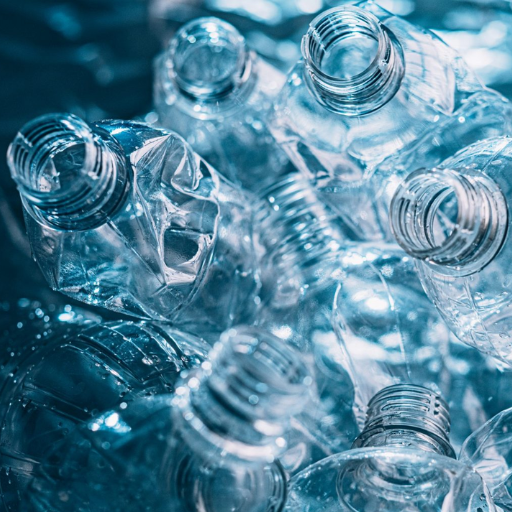
Before the era of plastics, people made use of wood, metal, glass and natural fibers for both manufacturing and packaging. Although these materials served the purposes of functionality and durability, did not possess the versatility and cost-effectiveness that plastics brought with them. A good example is metals and glass, which are both sturdy, but relatively expensive to produce, transport, and are heavier in comparison. While natural fibers are stronger than conventional materials, they are far more susceptible to degradation over time due to moisture or wear, making them less durable in the long run. Plastics have altered industries due to how lightweight, inexpensive, and moldable they are, while their structure makes them resistant to environmental factors. Unlike other materials, however, plastics do pose an unfavorable environmental impact in comparison to the previously mentioned materials.
Natural materials replaced by plastic
Plastic has progressively replaced natural materials like glass, wood, metals, and fibers due to its lightweight, cost-effective, and versatile properties. Unlike glass, which is fragile and heavy, plastic offers shatter resistance and easy transportation. Similarly, metals, while durable, are heavier and prone to corrosion, making plastic a more viable option for lightweight and long-lasting applications. Wood, once commonly used for furniture and packaging, has given way to plastic due to the latter’s moldability and ease of production. Natural fibers like cotton, wool, and jute, although renewable, often lack the durability and cost efficiency of synthetic fibers derived from plastic, such as nylon or polyester. This widespread replacement has revolutionized industries from packaging to construction, albeit with significant environmental consequences due to plastic’s persistence in ecosystems and lower biodegradability compared to natural materials.
Advantages of plastic over traditional substances
Plastic offers remarkable advantages over traditional materials due to its versatility, lightweight nature, and cost-effectiveness. Unlike metals, which are prone to corrosion and significantly heavier, plastic resists rust and is far easier to transport, reducing shipping costs and energy consumption. Its moldability allows for the creation of intricate designs and complex shapes at a lower cost than wood or metal processing, making it ideal for packaging, construction, and manufacturing. Additionally, plastics exhibit superior durability compared to natural materials like cotton, wool, or wood, ensuring longer lifespans for products and reducing the need for frequent replacements. Furthermore, its water-resistant properties make plastic a stand-out choice for various applications, especially in environments where moisture can compromise traditional materials. These unique qualities have driven the global adoption of plastic, significantly transforming industries by enabling innovation and lowering production costs.
The impact of plastic on various industries
Plastic has revolutionized industries across the globe due to its versatility, cost-efficiency, and durability. In packaging, plastic has become indispensable for preserving food, extending product shelf life, and reducing shipping costs due to its lightweight nature. The construction industry benefits from plastic’s resilience and adaptability, with materials like PVC and HDPE being used for pipes, insulation, and fittings. These materials resist corrosion and can withstand extreme weather, making them a reliable choice for infrastructure projects.
The automotive sector has also embraced plastic for manufacturing lightweight components, enhancing fuel efficiency while maintaining safety standards. Additionally, the healthcare industry relies on single-use plastics for syringes, IV bags, and sterile packaging, which have improved patient safety and reduced contamination risks. Despite these advantages, the rapid adoption of plastic has also raised environmental concerns, pushing industries to explore sustainable alternatives to balance practicality with ecological responsibility.
What are the environmental concerns surrounding plastic use?
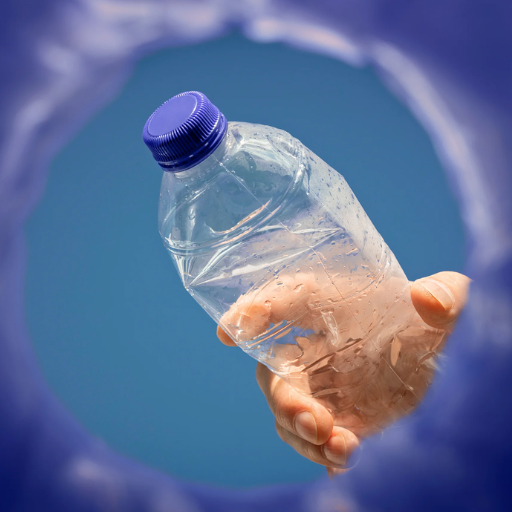
Plastic use poses significant environmental challenges, primarily due to its non-biodegradable nature. Once discarded, plastic can persist in the environment for hundreds of years, contributing to land and marine pollution. Wildlife often ingests plastic waste, leading to severe harm or death, while microplastics infiltrate food chains and water systems, posing risks to human and animal health. Additionally, the production and incineration of plastic emit greenhouse gases, exacerbating climate change. These issues underline the urgent need for effective waste management systems and the development of eco-friendly alternatives to reduce plastic’s impact on the planet.
The amount of plastic produced globally
The global production of plastic has grown exponentially over the past few decades, reaching over 390 million metric tons annually as of recent studies. This figure highlights the pervasive reliance on plastic in various industries, from packaging to construction. Shockingly, approximately 40% of plastic is produced for single-use purposes and discarded shortly after, contributing heavily to waste accumulation. Alarmingly, less than 10% of all plastic waste has been effectively recycled, with the majority ending up in landfills, incinerated, or polluting ecosystems. These staggering numbers demonstrate the scale of the plastic crisis and emphasize the necessity for rethinking our production, consumption, and disposal habits.
Challenges in plastic recycling
Plastic recycling faces numerous challenges that hinder its efficiency and effectiveness. Firstly, the complexity of plastic types presents a significant issue. With multiple resin codes and varying chemical compositions, sorting plastics for recycling requires advanced and expensive technology. Secondly, contamination is a major obstacle; food residue, non-recyclable materials, and improper disposal reduce the recyclability of plastics and degrade the quality of recycled products. Additionally, insufficient infrastructure and inconsistent recycling practices globally exacerbate the problem, leaving large amounts of plastic waste unrecycled. Lastly, the low market demand for recycled plastics compared to cheaper virgin materials discourages investment and innovation in recycling systems. Addressing these challenges is critical to creating a sustainable plastic lifecycle.
Efforts to reduce plastic waste and pollution
Efforts to tackle plastic waste and pollution span global, governmental, and individual levels. One key measure is implementing bans or restrictions on single-use plastics, such as straws, bags, and packaging, which significantly contribute to waste. Governments and organizations are promoting extended producer responsibility (EPR) programs, making manufacturers accountable for the entire lifecycle of their plastic products, including end-of-life recycling or disposal.
Innovative solutions are also being encouraged, such as developing biodegradable plastics and investing in advanced recycling technologies like chemical recycling, which can break down plastics into their original components for reuse. Public awareness campaigns play a critical role by educating consumers on proper disposal practices, reducing use, and choosing sustainable alternatives. On an international scale, agreements like the “Global Plastic Action Partnership” bring countries together to devise strategies to combat plastic pollution.
Individual actions, such as reducing reliance on plastic, opting for reusable products, and participating in local recycling initiatives, further complement global efforts. By combining regulatory, technological, and behavioral approaches, these coordinated efforts aim to drastically reduce plastic pollution and pave the way for a more sustainable future.
References
Frequently Asked Questions (FAQ)
Q: What is the origin of the word “plastic” and how is it related to minerals?
A: The word “plastic” is derived from the Greek word “plastikos,” meaning capable of being shaped or molded. While plastics are composed primarily of synthetic polymers, they are not directly made from minerals. Instead, plastics are derived from natural substances like oil and gas, although some early plastics could be made from plant materials.
Q: How did the history of plastics begin?
A: The history of plastics began in the early 20th century with the invention of Bakelite, the first synthetic plastic. Bakelite was created by Leo Baekeland in 1907 and marked the start of the modern plastics industry. This synthetic plastic was a breakthrough as it was durable and heat-resistant.
Q: What are plastics primarily made of?
A: Plastics are primarily made up of carbon and hydrogen atoms. These elements form long chains called polymers, which are the backbone of all plastic materials. Plastics can also include other elements like oxygen, nitrogen, and sulfur, depending on their intended use and properties.
Q: Are there any plastics derived from renewable resources?
A: Yes, biobased plastics come from renewable resources such as corn, sugarcane, and other plant-based materials. These plastics offer a more sustainable alternative to conventional plastics, which are typically derived from fossil fuels.
Q: How are plastics classified?
A: Plastics can be classified based on their chemical structure, physical properties, or applications. Common categories include thermoplastics, thermosetting plastics, and elastomers. Each type has distinct characteristics that determine its use and processing methods.
Q: What is HDPE, and what is it used for?
A: HDPE, or high-density polyethylene, is a type of plastic made of strong, durable polymer resin. It is used in a variety of applications, including plastic bottles, piping, and plastic lumber, due to its high strength-to-density ratio.
Q: What impact does global plastic production have on the environment?
A: Global plastic production will exceed hundreds of millions of tons annually, contributing to environmental issues such as marine litter and plastic waste. Addressing these problems is vital to ensuring sustainable development and reducing the impact of plastics on ecosystems.
Q: How do plastics contribute to marine litter and pollution?
A: Plastics often end up in oceans and waterways, creating marine litter and plastic waste. This pollution poses a threat to marine life, ecosystems, and human health. Efforts to mitigate this issue include reducing plastic use, improving waste management, and promoting recycling.
Q: What role does “Plastics Europe” play in the plastic industry?
A: “Plastics Europe” is a leading association representing plastic manufacturers in Europe. It plays a crucial role in advocating for the industry, promoting sustainable practices, and addressing environmental challenges related to plastic production and waste management.
Q: Why is plastic considered a versatile material?
A: The reason plastic is considered versatile stems from its ability to be molded into a wide range of shapes and forms. This versatility makes it suitable for countless applications across various industries, from packaging and construction to automotive and healthcare.

